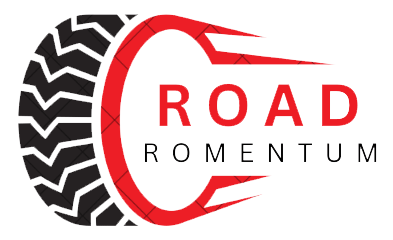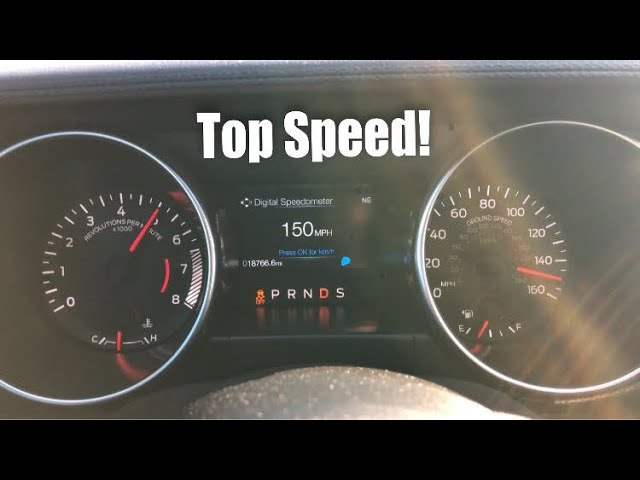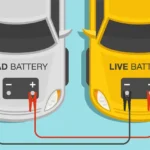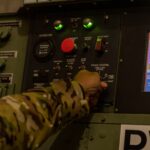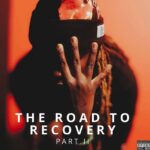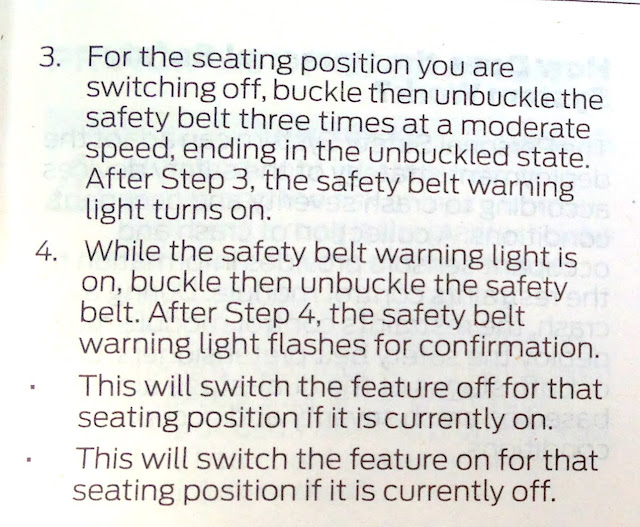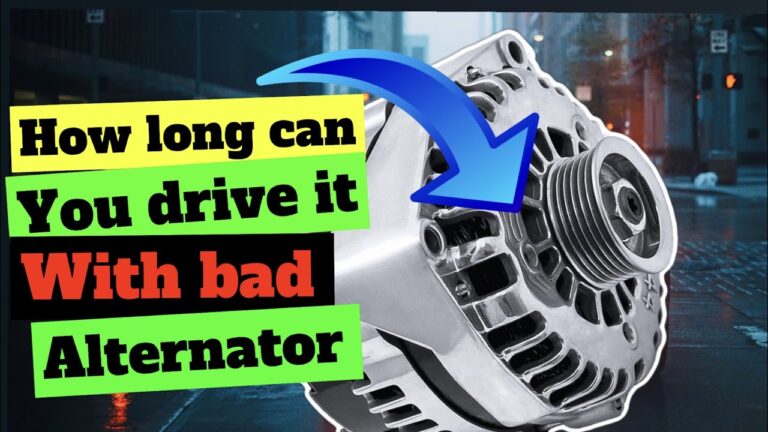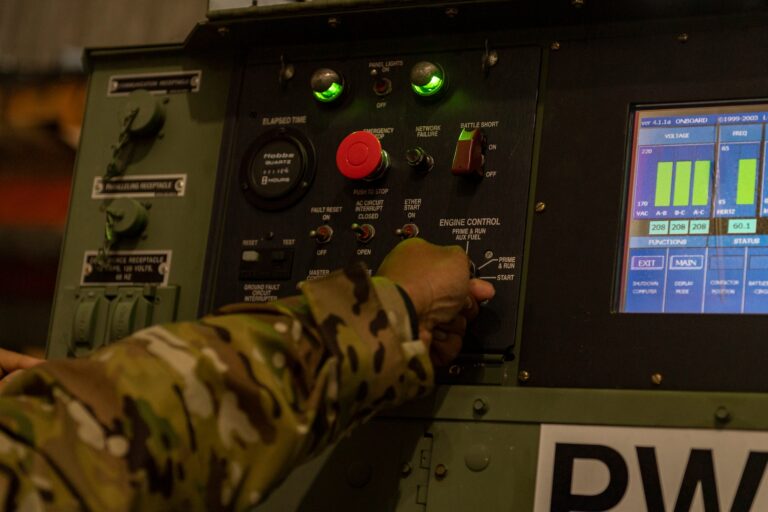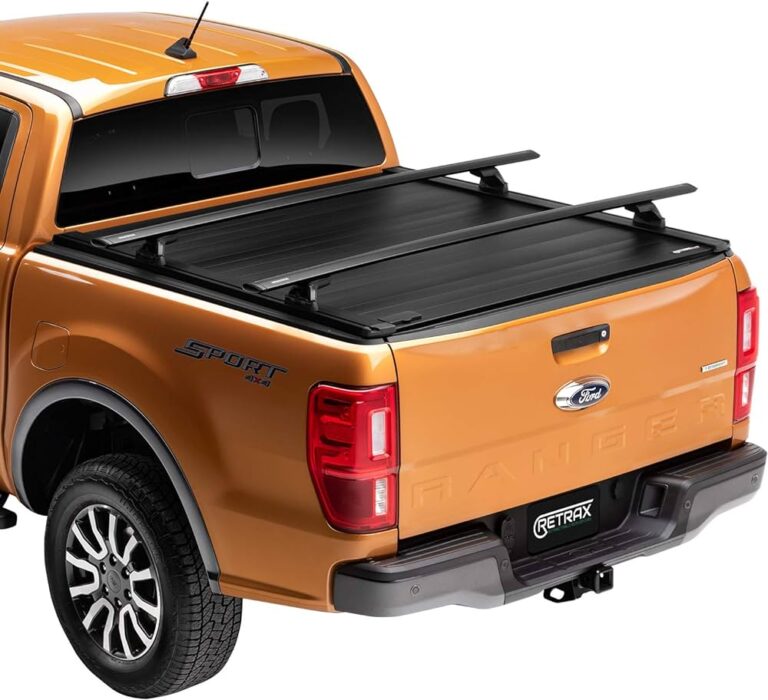Unlocking the Road: How to Bypass Ford Speed Limiter
Bypassing the Ford speed limiter is not recommended due to legal and safety concerns. Modifying your vehicle to exceed set speed limits can result in fines, points on your driving record, voided warranties, and increased safety risks. Prioritize responsible driving and consider alternative solutions for a safer road experience.
When it comes to vehicles, many of us need speed. We love the thrill of accelerating down the highway, feeling the wind rush through our hair as we push the pedal to the metal. However, many modern vehicles, including Ford cars and trucks, have a built-in speed limiter that restricts how fast you can go. If you’re a Ford owner and you’ve ever wondered how to bypass Ford speed limiter, you’re in the right place. In this article, we’ll explore Ford’s speed limiter’s ins and outs, legal and safety considerations, various methods to bypass it, and alternative solutions.
Understanding the Ford Speed Limiter
What is a speed limiter? A speed limiter, also known as a governor, is a device or software program installed in a vehicle to restrict its maximum speed. In the case of Ford vehicles, this technology is designed to cap the top speed, preventing drivers from exceeding a predetermined limit.
Why do Ford vehicles have speed limiters? Ford, like many other automakers, installs speed limiters for safety reasons. These limiters are set to prevent drivers from reaching excessively high speeds, which can reduce the risk of accidents and help maintain control in hazardous situations. It’s also a way for Ford to adhere to regulations and promote responsible driving.
How does the speed limiter work in Ford vehicles? The speed limiter in Ford vehicles operates by electronically limiting the engine’s power output or by controlling the throttle. When the vehicle reaches a specific speed, the limiter intervenes, reducing the engine’s ability to accelerate further. This restriction can frustrate drivers looking to unlock their vehicle’s full potential, but it’s important to remember that it’s there for a reason.
Legal and Safety Considerations
Before delving into methods to bypass the Ford speed limiter, it’s crucial to address the legal and safety considerations associated with such modifications.
The importance of obeying traffic laws First and foremost, it’s essential to emphasize the importance of obeying traffic laws. Speed limits are put in place to protect both drivers and pedestrians. Excessive speed is a leading cause of accidents and fatalities on the road. Bypassing a speed limiter with the sole intent of breaking speed limits is not only illegal but also incredibly dangerous.
The risks associated with speeding Speeding have significant risks, including reduced reaction time, decreased control over the vehicle, and increased severity of accidents. Even experienced drivers can struggle to handle a vehicle at high speeds, especially in adverse weather conditions or unfamiliar terrain.
The potential legal consequences of tampering with speed limiters Modifying or bypassing the speed limiter in your Ford vehicle can have legal consequences. Laws regarding vehicle modifications vary by jurisdiction, but in many places, tampering with safety features like speed limiters can result in fines, points on your driving record, or even the impoundment of your vehicle.
Safety concerns related to bypassing the limiter Bypassing the speed limiter can compromise the safety mechanisms engineered by Ford. It may lead to unintended consequences, such as excessive wear and tear on your vehicle’s components, decreased fuel efficiency, and a higher risk of accidents.
Methods to Bypass the Ford Speed Limiter
Now, let’s explore various methods that some individuals consider to bypass the Ford speed limiter. Please keep in mind that these methods may not be legal or safe, and we do not endorse or recommend any of them.
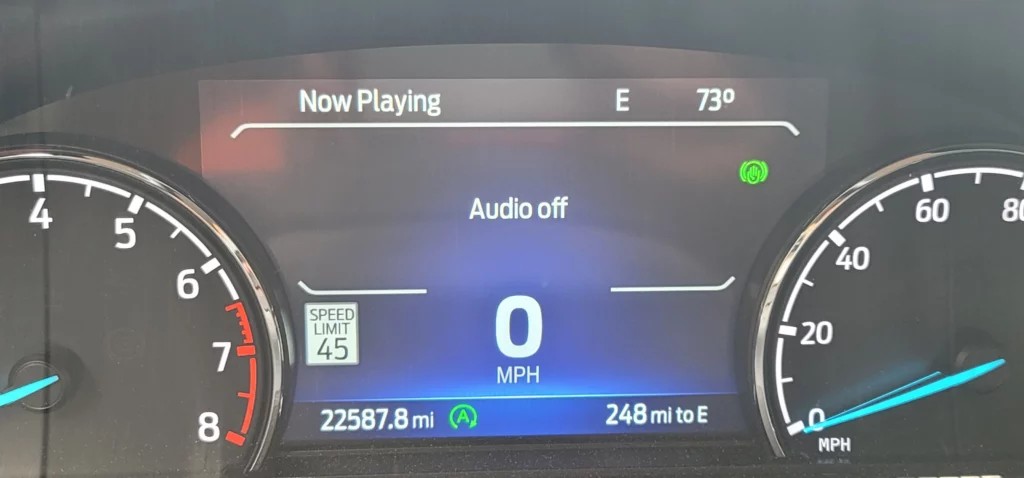
Using a Tuning Device
Tuning devices, often used by automotive enthusiasts and professionals, can be programmed to modify various aspects of your vehicle’s performance, including the speed limiter. Here are the steps to bypass the limiter with a tuning device:
- Choose a Suitable Tuning Device: Research and select a reputable tuning device that is compatible with your Ford vehicle model and year.
- Connect the Device: Follow the manufacturer’s instructions to connect the tuning device to your vehicle’s OBD-II port, typically located under the dashboard.
- Access the Speed Limiter Settings: Use the device’s software interface to access the speed limiter settings.
- Adjust the Speed Limit: Depending on the device and software, you may have the option to increase or remove the speed limiter entirely.
- Save the Changes: Confirm your desired settings and save the changes to the vehicle’s ECU (Engine Control Unit).
Pros and Cons of Using Tuning Devices:
- Pros:
- Precision control over performance settings.
- Reversible changes, allowing you to revert to stock settings.
- Potential for improved performance in other areas.
- Cons:
- Costly, as tuning devices can be expensive.
- May void your vehicle’s warranty.
- Legal and safety risks if used irresponsibly.
Reaching out to Ford Dealership or Service Center
If you’re concerned about your vehicle’s speed limiter and its impact on your driving experience, it’s a good idea to have a conversation with professionals at your local Ford dealership or service center. Here’s how to go about it:
- Schedule an Appointment: Contact your nearest Ford dealership or authorized service center to schedule an appointment.
- Discuss Your Concerns: During the appointment, explain your concerns about the speed limiter to the service personnel. Be transparent about your reasons for wanting to modify it.
- Explore Options: Ford technicians may know any available options for adjusting the speed limiter settings, if possible. However, keep in mind that they may prioritize safety and legality in their recommendations.
Aftermarket Modifications
Some individuals choose to modify their vehicles with aftermarket performance parts to increase speed and power. While this method can be effective, it comes with its own set of considerations:
- Installing Aftermarket Performance Parts: You can enhance your vehicle’s performance by installing aftermarket parts such as high-performance exhaust systems, cold air intakes, and engine tuning chips.
- Potential Risks and Benefits: Aftermarket modifications can yield noticeable improvements in speed and power. However, they can also void warranties, increase maintenance costs, and may not necessarily address the speed limiter directly.
DIY Electronic Modifications
It’s important to note that attempting DIY electronic modifications to bypass the Ford speed limiter is not recommended. Modifying the electronic systems of your vehicle without proper knowledge and equipment can lead to serious issues, including:
- Electrical Problems: DIY modifications can disrupt the electrical system, causing malfunctions and potentially damaging your vehicle.
- Safety Risks: By tampering with essential safety features, you risk compromising your safety and the safety of others on the road.
- Legal Consequences: Unauthorized electronic modifications may lead to legal consequences if they result in accidents, injuries, or violations of local laws.

Legal and Ethical Implications
Now that we’ve explored various methods to bypass the Ford speed limiter, it’s crucial to understand the legal and ethical implications associated with such actions.
Legal Consequences of Bypassing the Speed Limiter Bypassing the speed limiter in your Ford vehicle can have serious legal ramifications, including:
- Fines: Many jurisdictions impose fines for tampering with or disabling safety features like speed limiters.
- Points on Your Driving Record: In some areas, modifying safety features can result in points added to your driving record, potentially affecting your insurance rates.
- Vehicle Impoundment: In extreme cases, your vehicle may be impounded if deemed unsafe or non-compliant with local regulations.
Ethical Considerations Regarding Vehicle Modifications Ethically, it’s essential to consider the impact of your actions on others. Speed limiters are there to promote road safety and responsible driving. By bypassing them, you may be endangering not only yourself but also other road users, including pedestrians and fellow motorists.
Discussion on Potential Insurance Issues It’s also worth noting that modifying your vehicle, especially in ways that affect safety features, could have implications for your insurance coverage. In the event of an accident, insurance companies may investigate whether your modifications contributed to the incident, which could impact your claim.
Alternative Solutions
If you’re unsatisfied with your Ford vehicle’s speed limitations but are hesitant to bypass the limiter, consider these alternative solutions:
Adjusting Your Driving Habits One of the simplest and safest ways to address speed limitations is to adjust your driving habits. Practice responsible and safe driving by adhering to posted speed limits, avoiding aggressive driving behaviors, and focusing on defensive driving techniques.
Exploring Other Vehicle Options If you find that your Ford vehicle’s speed limiter is too restrictive for your needs, consider exploring other vehicle options that better align with your desired performance capabilities. Ford offers a range of models with varying levels of performance, so you might find a better fit among their offerings.
Understanding and Adhering to Ford’s Recommended Speed Limits Lastly, it’s essential to be aware of Ford’s recommended speed limits for your specific vehicle model. These recommendations are typically provided in the owner’s manual. While they may be lower than your desired top speed, adhering to them ensures you are driving safely within the manufacturer’s intended parameters.
Conclusion
In the quest for speed and performance, it’s crucial to balance our desires with responsibility and safety. The Ford speed limiter, while frustrating for some, serves a vital purpose in promoting road safety and preventing accidents. Before attempting to bypass it, consider the legal and safety implications, as well as the ethical responsibility we all share as drivers.
While there are methods to bypass the Ford speed limiter, they come with risks and consequences that should not be taken lightly. Always prioritize safety, adhere to traffic laws, and explore alternative solutions that allow you to enjoy your vehicle while keeping yourself and others safe on the road. Ultimately, unlocking the road responsibly is the key to a satisfying and secure driving experience.
FAQ
How do you turn off the speed limiter on a Ford?
To turn off the speed limiter on a Ford, it’s recommended to consult a professional or consider using a tuning device, if legal and safe in your area.
How do you override a speed limiter?
Overriding a speed limiter may involve using a tuning device, but it’s crucial to be aware of legal and safety implications.
How do you change a speed limiter on a Ford?
Changing a speed limiter on a Ford typically requires specialized equipment and should be done by professionals.
Can you remove the speed limiter yourself?
Removing a speed limiter yourself is not advisable due to potential safety, legal, and warranty issues.
